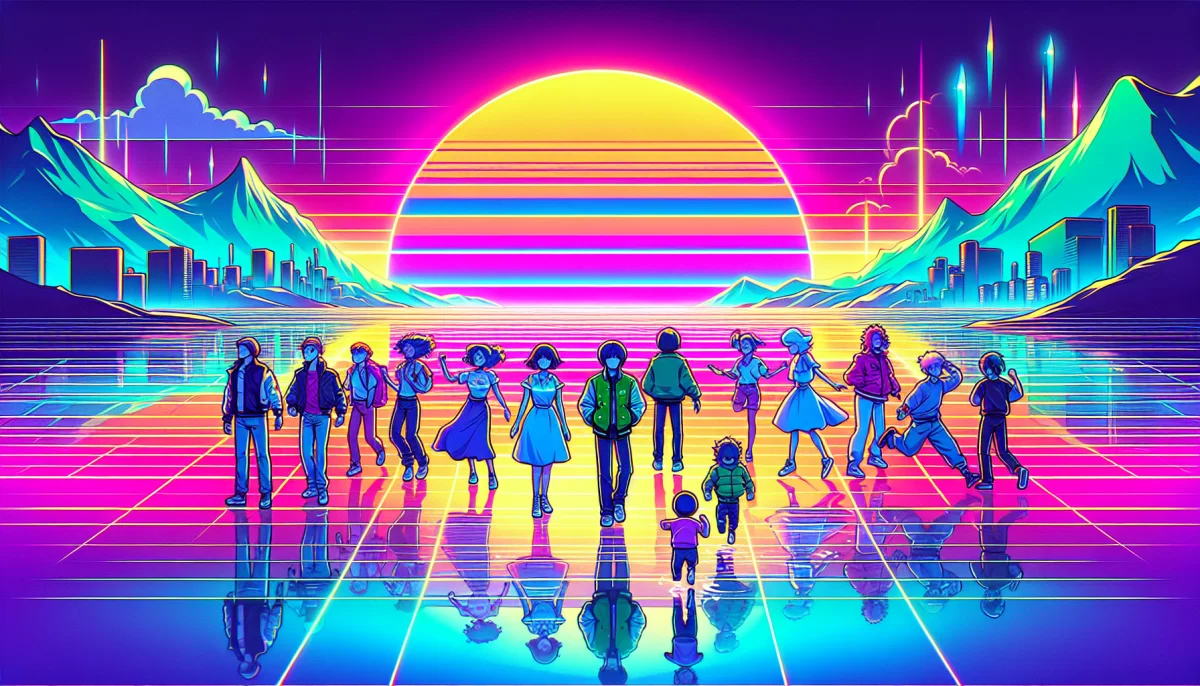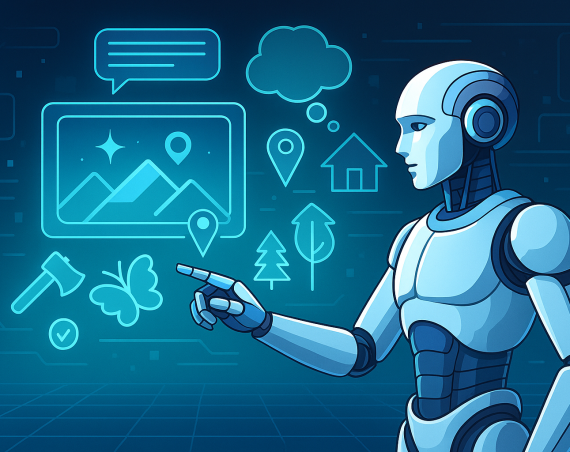
Dan Da Dan Season 2 Review: A Weirder Yet Heartfelt Anime Experience
Dan Da Dan’s second season continues to push the boundaries of its unique blend of genres, weaving together science fiction, emotional depth, and quirky humor into a cohesive and compelling tale. Despite embracing increasingly bizarre elements, the show retains the heartfelt core that made the first season a standout success.
A Wild Ride From Start to Finish
The season opens right where the first left off, plunging Ken “Okarun” Takakura and Momo Ayase into a haunting investigation involving their friend Jiji’s house. Adding to the peril, a mysterious cult worships a gigantic “snake god,” ritualistically sacrificing children to prevent a volcanic eruption, intensifying the stakes and suspense.
As the plot thickens, one of the sacrificed children transforms into a vengeful spirit possessing Jiji, unleashing supernatural chaos on the friends. The narrative then spirals into intense exorcisms, battles with spectral music composers, and even an alien kaiju attack, showcasing Dan Da Dan’s fearless cross-genre storytelling.
Innovative Storytelling and Animation Craftsmanship
At the heart of Dan Da Dan’s appeal is manga author Yukinobu Tatsu’s unparalleled creativity, consistently introducing fresh, intense scenarios that balance playfulness and suspense. Studio Science Saru complements this with dynamic animation and meticulous direction from Fuga Yamashiro and Abel Gongora, emphasizing movement and pacing that elevate the source material.
This anime exemplifies the evolving trend where adaptations are crafted to leverage the medium’s visual and narrative capabilities, rather than merely replicate manga panels. Dan Da Dan season 2 thus stands as a testament to anime’s power in reimagining stories with innovative style and depth.
Its Tenderness is What Keeps It Afloat
Amid the supernatural chaos, the show’s emotional resonance shines through intimate moments. The tender interactions between Momo and Okarun—whether touching hands on a van ride or shy gestures—create an authentic portrayal of young affection and growth.
These quiet scenes allow the series to breathe, providing balance to the action-heavy sequences. For example, a playful gag about Okarun’s reaction to touching Momo softens into a touching embrace that authentically captures the ‘will-they-won’t-they’ dynamic, enriching the characters’ development.
Adding to the Family: Complex Characters and Themes of Belonging
Each season of Dan Da Dan expands its ensemble with new, eccentric characters—ranging from lost extraterrestrials and trapped spirits to socially awkward humans—creating a rich tapestry of outcasts forming a found family. This theme resonates deeply, engaging audiences by humanizing even the strangest figures.
The show’s popularity suggests strong anticipation for a third season, though its timing remains uncertain. Meanwhile, the series’ multifaceted storytelling and emotional layers encourage viewers to revisit its episodes, highlighting its lasting appeal.
Why Dan Da Dan Season 2 Remains a Must-Watch
- Genre-blending Innovation: Seamlessly mixes sci-fi, fantasy, horror, and heartfelt drama.
- Emotional Depth: Delivers genuine character growth and tender moments amid chaos.
- Strong Artistic Direction: Highlights how anime can creatively adapt and enhance manga storytelling.
- Rich Character Ensemble: Explores themes of belonging with an expansive cast of unique personalities.
Dan Da Dan season 2 exemplifies the best qualities of modern anime by maintaining its quirky unpredictability while staying grounded in emotional authenticity. Its compelling narrative, combined with imaginative animation and relatable characters, secures its place among the top anime releases in recent years.
For fans and newcomers alike, Dan Da Dan offers a captivating journey into a world where the weird and wonderful coexist with the touching and human.


